Ok, this really is a nanowonder! Admittedly, this chip came out by Freescale last year but I just received it in a business card like format:
Did you miss it? That’s the MCU (microcontroller unit) there in the little window set into the card next to the lifesize image of a pushpin.

The KL03 (as of last 10 months), claims to be the smallest ARM-powered MCU at an uber-tiny size of 2mm x 1.61mm! Most importantly the height of the chip is only 0.56mm, making it very easy to come up with all kinds of applications!
The form factor is WLCSP (Wafer Level Chip Scale Package) which instead of using pins uses tiny solder balls that you heat up as you drop the chip onto a board:
 With such a tiny device you might wonder what can you really do with it? First off with only 20 pins I took a look at the pinout diagram to see what exactly I could access:
With such a tiny device you might wonder what can you really do with it? First off with only 20 pins I took a look at the pinout diagram to see what exactly I could access:
 Besides VDD and VSS (power and ground), it appears you can access 11 pins of Port A (PTA0,1,2,3,4,5,6,7,8,9,12) and 7 of Port B (PTB0,1,2,3,4,5,13). These of course are multiplexed to permit access to I2C, GPIO and UART interfaces as well as a 12-bit ADC. What is most impressive is that there is an ARM Cortex M0+ core inside that can go up to 48MHz and the device is self-booting (has its own boot ROM)!
Besides VDD and VSS (power and ground), it appears you can access 11 pins of Port A (PTA0,1,2,3,4,5,6,7,8,9,12) and 7 of Port B (PTB0,1,2,3,4,5,13). These of course are multiplexed to permit access to I2C, GPIO and UART interfaces as well as a 12-bit ADC. What is most impressive is that there is an ARM Cortex M0+ core inside that can go up to 48MHz and the device is self-booting (has its own boot ROM)!
The application for this little guy is the so-called “Internet of Things,” or IoT. Since it is very small it consumes very little power at 50uA/MHz. You set the clock as high as your application may require but not too high to minimize power consumption.
I have no idea yet what applications are using the KL03, but I would imagine things like having them implanted in small, wearable devices or inside smart light bulbs, light switches, etc. I’ll let you know here as soon as I see one “in the wild.”
Here’s the official page: http://www.freescale.com/kinetis/kl03csp
Wonder what’s coming next? I hear Freescale may be wanting to go even smaller…
(Disclaimer, yes I work for Freescale– but not for marketing or applications– but here can’t help but be wowed.)







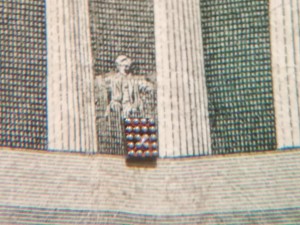




![IMG_20150102_181658[1]](http://www.nanowonders.com/wp-content/uploads/2015/01/IMG_20150102_1816581-300x225.jpg)
![IMG_20150102_181746[1]](http://www.nanowonders.com/wp-content/uploads/2015/01/IMG_20150102_1817461-300x225.jpg)
![IMG_20150102_181757[1]](http://www.nanowonders.com/wp-content/uploads/2015/01/IMG_20150102_1817571-300x225.jpg)

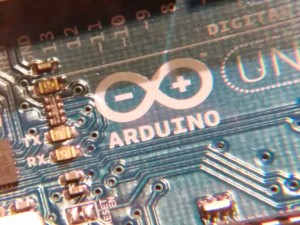

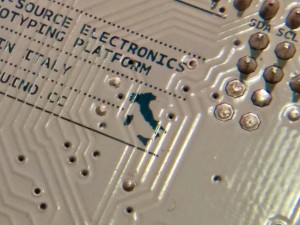




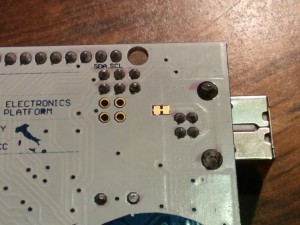
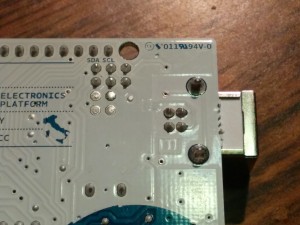
![IMG_20150102_225646[1]](http://www.nanowonders.com/wp-content/uploads/2015/01/IMG_20150102_2256461-300x225.jpg)